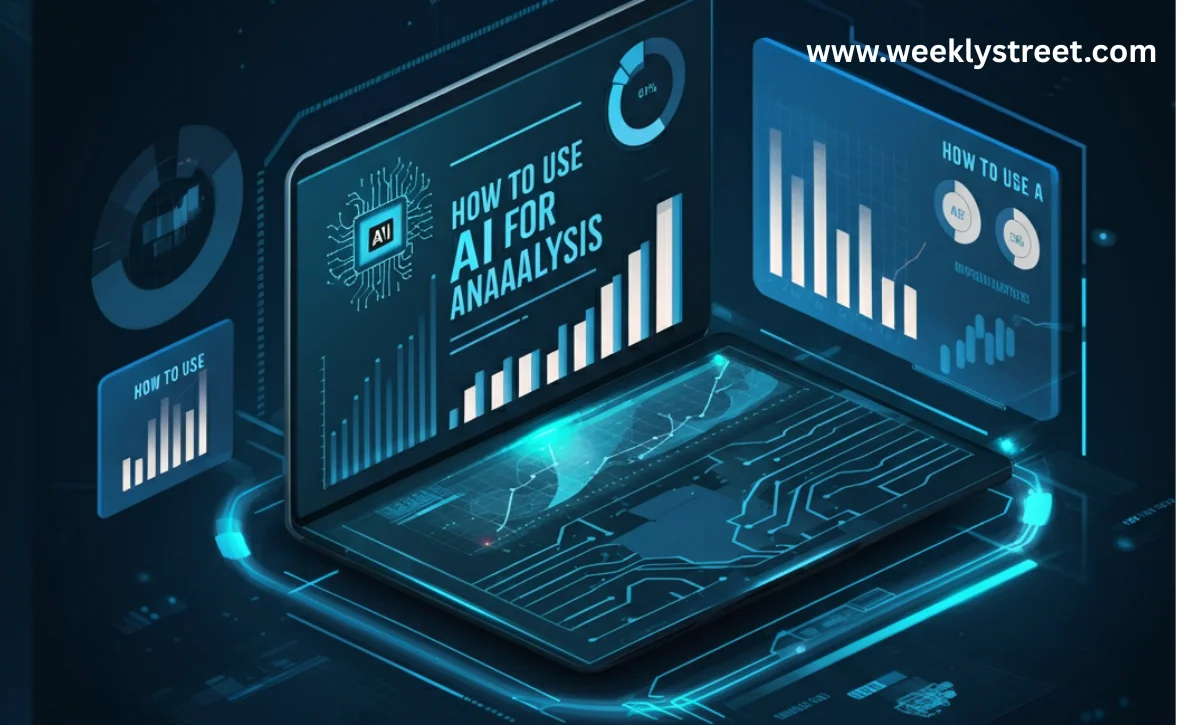Data plays a huge role in every business today, and knowing how to make sense of it can feel overwhelming. Thankfully, smart tools are making it easier than ever to spot trends, predict what might happen next, and make decisions quickly—all without needing to be a tech expert. In this easy-to-follow guide, we’ll show you practical steps for using technology to analyze your data so you can work smarter, not harder.
Understanding the Power of Smart Tools in Data Analysis
Let’s face it: Sifting through endless spreadsheets is nobody’s idea of fun. Technology can handle a lot of the heavy lifting, quickly finding interesting links and patterns that might take humans much longer to spot. Instead of spending hours crunching numbers, you can now get results in a fraction of the time and focus on taking action.
Machine Learning Made Simple
You might hear experts talk about “machine learning”—think of it as a way for computers to get better at spotting connections in your data over time, without you needing to micromanage every step. By looking at what’s happened before, these systems learn to make good guesses about what might come next.
Turning Your Data into Useful Information
The real value comes not just from having lots of facts and numbers, but from turning that info into advice you can use. Smart software helps with cleaning up messy data and picking out what’s important, so you can make choices based on facts, not guesswork.
How to Get Your Data Ready
Before diving in, you need to make sure your information is organized. Clean, well-arranged data makes a big difference in the results you’ll get. Think of this step as tidying up your workspace before you start a big project.
- Gather Everything You Need: Collect info from spreadsheets, sales records, online forms, or anywhere else your data is stored.
- Tidy Up the Data: Fix typos, remove any repeated records, and fill in missing details where possible. A neat dataset means better results.
- Put Things in Order: Make sure all your files use the same formats and names, so nothing gets overlooked.
- Label Key Details: If you want the tool to recognize certain patterns, you may need to tag some of your data with helpful descriptions.
Picking the Right Tools for the Job
There are many easy-to-use options that can help, so you don’t need to be a programmer or math wizard. The best choice depends on your comfort level and the size of your project.
Some good examples include:
- All-in-One Platforms: Services like Google Cloud or Microsoft Azure have tools that guide you through each step, so you won’t have to do any coding.
- Business Insights Software: Programs like Tableau and Power BI are perfect if you want to see your data as colorful charts or dashboards.
- Coding Libraries (if you’re advanced): For those with a tech background, open-source libraries let you build custom tools to get just the results you want.
Using Data Analysis to Predict What Happens Next
One of the most useful things about technology-driven data analysis is looking forward, not just backward. You can use past numbers to predict things like customer preferences or upcoming trends.
How a Prediction Model Works
It starts with choosing a method for your data, then “teaching” it using examples from the past. The system learns what patterns lead to certain results and uses that knowledge to make decisions about future data.
Making Sure Your Model Works
Once trained, you’ll want to check how well it does on new information. By testing with a fresh batch of data, you’ll know if your tool is really giving reliable suggestions or missing the mark.
Finding Meaning and Sharing Your Results
After your data has been analyzed, it’s time to share what you’ve found in a way that everyone on your team can understand. Smart tools can turn complicated results into simple visuals—like pie charts or line graphs—that make your insights clear at a glance. This way, everyone can see and act on the story your data is telling.
Conclusion: Step Into the Future of Data
Embracing new technology for data analysis doesn’t have to be intimidating. With a little preparation and the right tools, anyone can unlock useful insights from their data. This puts you in the driver’s seat, giving you an edge in making confident, future-focused decisions.
Frequently Asked Questions (FAQs)
1. Do I need to be an expert to analyze my data with modern tools?
Not at all. Many user-friendly options are designed for beginners, letting you analyze your data with simple steps and easy interfaces.
2. What kinds of information can I look at?
You can work with almost anything—from sales numbers and website visits to comments on social media—as long as you organize your data first.
3. Is my information safe?
Yes, most major platforms include built-in safety and privacy features. Just remember to follow your company’s security and privacy rules.
4. How’s this different from the old way of doing things?
Old-school methods often meant manually sifting through data, while new tools can automatically find patterns and offer predictions—saving lots of time and effort.
5. How quickly will I see results?
Depending on how much data you have, you could start seeing insights in just a few hours or days. Bigger or more complex projects might take a bit longer to process.
you may also read : Revolutionize Your Workflow: Top Content Creation Tools for Blogs




